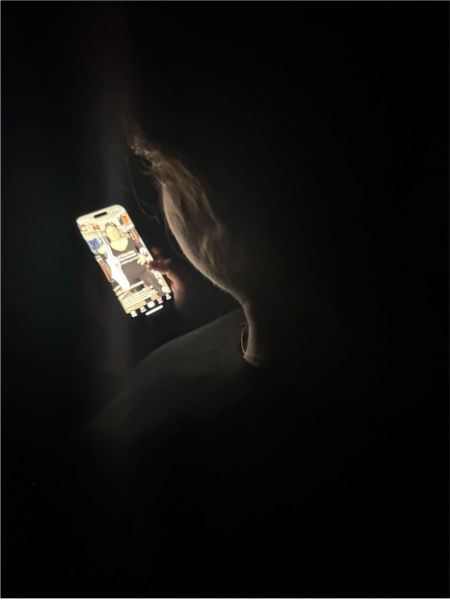College Tour De Force
Spring is right around the corner, which means high school students across the nation must say goodbye to snow days and hello to college visits. While taking standardized tests, gathering letters of recommendation and writing personal essays are major components essential to a student’s college application, there are countless steps taken in pursuit of that coveted thick envelope.
Students who intend to go to college usually take challenging classes, participate in extracurricular activities or get a job to increase their chances of getting into schools. Before the official start of the application process, however, an often overlooked but imperative step is visiting colleges. Students who do not tour schools they are interested in miss out on getting a taste of the college experience and risk committing to a school they know nothing about. To help you decide on which universities are worth pursuing and ultimately attending, here are some ways to get the most out of your college tours.
Manage Your Time Well
It is important to start early to avoid attending all your tours the summer before senior year. While twenty years ago the majority of high school students applied to about three colleges, it is not uncommon for present-day students to apply to five or six schools. According to Naviance, about 16.5 percent of students apply to 11 to 20 colleges, meaning that students each year will likely need to visit more and more colleges in order to narrow down their long list. Assuming you have five or six schools to visit, do not take every tour within a week. Space each one out between long weekends, spring breaks and summer vacations so as not to bombard you with information within a short period of time. Taking a two-day trip to visit three close-by schools will end in confusion as to which school had what programs, which campus had what features and other important nuggets of information that are blurred between multiple colleges.
Book the Right Tour
Before embarking on a college road trip, pick schools you are interested in or are realistic choices for you. Once you decide on what school to visit, make sure to sign up for the right tour for you. Most high schoolers attend tours run by the specific college, usually consisting of a formal presentation by an admissions officer followed by a walking tour of the campus guided by current students. These are accessible, convenient and reliable sources to prospective students, but they are not the only choice. A lesser known option are student-led tours that are not affiliated with the school’s admissions office. While you will not get a fancy presentation or pamphlets, these tours’ autonomy allows for more objective tours that do not have biased or sugarcoated information that official tours may preach.
When picking a tour you should also pick the right time to visit. It is difficult to fully experience a campus if classes are not in session, so try to pick a time of the year that students are there. Additionally, try to avoid tours during bad weather. This is easier said than done, since weather is unpredictable, but even refraining from visiting a college in the dead of winter will save you from some weather worries. Why is this important? The main purpose of a college tour is to sell the school to prospective students by showing dorms, sports facilities and other features, but taking a tour during a downpour makes it difficult to see a campus in a good light; no matter how trivial it may seem, weather can make or break the experience.
Ask Questions
Tour guides are not just there to point out where the library is or what the dorms look like; they are there to answer any questions you might have. Take the opportunity to inquire about the classes, social scene or internship opportunities. Remember, these students great resources have a unique perspective on many different areas, so do not just ask questions you could find online. If a tour guide cannot answer questions about specific majors or classes, do not be afraid to talk to students who can, or even better, professors who teach your potential subject area. Additionally, feel free to request to visit a part of campus that was not initially included in the tour; most guides are accommodating and do not mind taking a detour to show a coffee shop or residence hall that piques your interest.
Get Involved
It is one thing to walk around campus for a day, but actively participating in student life is the best way to get a feel of the school. Many colleges allow prospective students to listen in to classes to learn about the academic environment, while others go as far as to offer overnight visits during which high school students live in dorms, take classes and become totally immersed in the academic and social culture of the university. While both of these options may seem daunting, simply eating lunch at the dining hall during a visit will suffice. Involving yourself in activities will help you get a better sense of how you fit into the school and enable you to connect more with the college.
Picture Yourself on Campus
College tours should be attended to decide if you want to apply to a specific school. Take the campus, the classes, the students and the feeling of the school in and really think about if that school is right for you. Do you see yourself going there? Where would you fit within the campus? Applying to a few amazing, picturesque Ivy League schools is fine, but in order to find schools where you would really thrive for the next four years, you should leave any preconceptions at home when touring and take an honest look at if the school is a good match for you. Only applying to schools that are well known instead of ones with which you have a connection may hurt you down the road. Remember, visiting a college is the best way to get a feel for if you should apply and eventually attend, so take advantage of this opportunity and enjoy the process.











